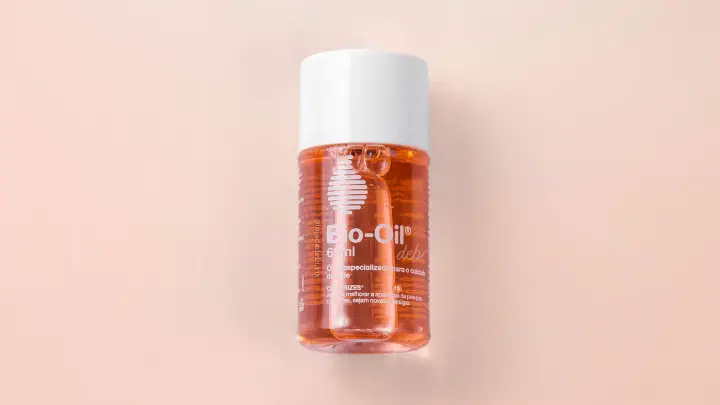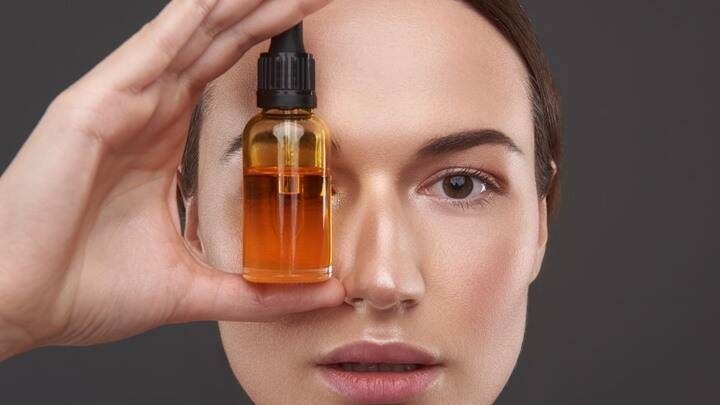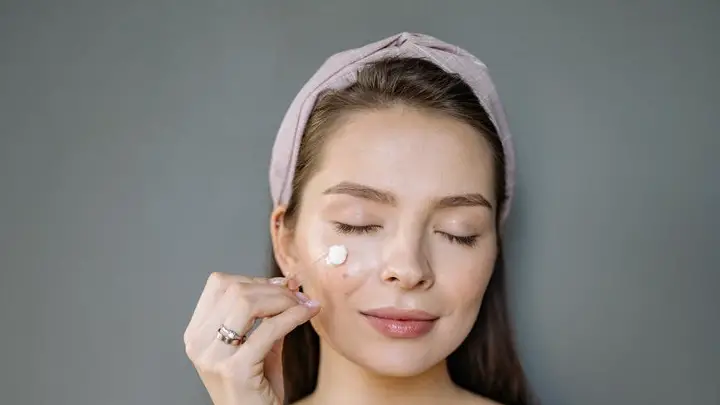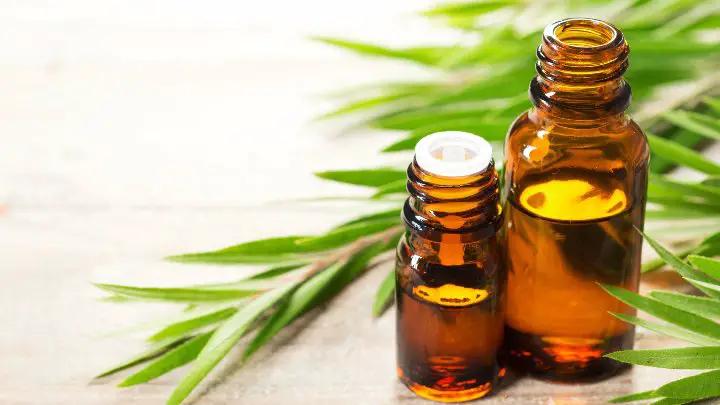Let’s talk about how to use a retinoid. Retinoids are the most powerful anti-aging ingredients out there and, luckily for us, they are available over the counter and in prescription strengths.
These miracle products are derivatives of vitamin A, and they are commonly used to treat acne, multiple types of hyperpigmentation, and even wrinkles.
Using a retinoid correctly can be a little tricky. But with this article, you’ll be able to use it like a pro.
How to Use a Retinoid
Step 1: Cleanse Your Skin
Cleansing is important because it removes dirt and oil that can clog your pores and cause breakouts. Make sure to use lukewarm water and massage the product into your skin using gentle circular motions.
For best results, use a gentle, fragrance-free soap or cleanser that won’t irritate your skin.
Step 2: Exfoliate (Optional)
Exfoliating is an essential step in any skincare routine because it helps to remove dead skin cells, allowing new skin cells to emerge, giving you a radiant and healthy glow.
Step 3: Apply Toner
Pour a few drops of toner on a clean cotton ball or pad and wipe it over your face and neck. Toners are a great way to remove any lingering traces of dirt, oil, or makeup on your skin after cleansing it. They can also help tighten pores and balance pH levels.
Step 4: Apply Your Retinoid
Take a pea-sized amount of your retinoid and apply it to your face, avoiding the eye area. If you’re using multiple treatments, apply them one at a time, waiting a few minutes between each to let them absorb.
Step 5: Moisturize Your Skin
Apply a moisturizer to your face and neck. For daytime, use one with SPF; for nighttime, use one that helps repair damage from environmental stressors like UV and pollution.
If your skin is very dry, top off your moisturizer with an oil-based product formulated for your skin type.
Step 6: Apply Sunscreen
It is very important to apply sunscreen during the day to prevent sun sensitivity from occurring. A broad-spectrum sunscreen (SPF 30 or greater) will help protect your skin from UVA/UVB rays that can damage your skin and cause cancer.
Make sure you reapply every two hours if you are outdoors for extended periods.
What Exactly Are Retinoids?
Retinoids are derivatives of vitamin A that come in many forms. The most common prescription retinoids in use today include adapalene (Differin), tretinoin (Retin-A), tazarotene (Tazorac), and isotretinoin (Accutane).
In addition to prescription retinoids, there are also over-the-counter versions like retinol, retinyl palmitate, and retinaldehyde. These aren’t as effective as prescription-strength retinoids, but they are much gentler on your skin.
How Do Retinoids Work?
Retinoids work by increasing cell turnover and collagen production. This can help even out skin tone and texture while reducing the appearance of fine lines and wrinkles.
They also have antioxidant properties that can protect your skin from sun damage by fighting the free radicals present in sun rays.
All these benefits make retinoids one of the most effective anti-aging ingredients on the market. Retinoids are also ideal for oily and acne-prone skin types because they help clear pores and prevent breakouts.
If you’re using over-the-counter retinol, apply it every two to three nights for the first week, then every night thereafter. If you’re using prescription retinoids, follow your doctor’s instructions on how often to apply them.
What Are the Side Effects Associated With Using a Retinoid?
For the first few weeks of using a retinoid, your skin may feel very dry. But this is actually a good thing: it means the retinoid is doing its job. Your skin will rebuild itself, and when it’s done, it will be smoother and softer than ever before.
You may also experience peeling or flaking, especially around your lips and mouth. If this happens to you, don’t worry. It’s completely normal. But if you want to minimize the flakes, try mixing your retinoid with a moisturizer to reduce its effectiveness.
You may also experience some redness or irritation as your skin adjusts to the retinoid. If your skin is too irritated, stop using the retinoid for a couple of days and start again with a smaller dose.
Additionally, retinoids make your skin more sensitive to sunlight than usual. The best way to avoid this is by applying sunscreen every day (yes, even in winter) before going outside.
And make sure your sunscreen is labeled as broad-spectrum, meaning it protects against UVA rays that prematurely age your skin and UVB rays that burn your skin.
It’s also important to apply sunscreen at least 20 minutes before you head out the door because retinoids increase your skin’s sensitivity to sunlight.
How Often Should You Use a Retinoid?
To start, apply your retinoid once or twice a week. If your skin doesn’t turn red or peel after a few weeks, gradually increase how often you use it until you find the right balance for your skin.
Some people can use retinoids every night and see no issues, while others experience some redness or peeling. If this is you, limit your usage to once or twice a week or try gentler alternatives, like niacinamide, vitamin C, or hyaluronic acid.
Tips for Using a Retinoid Effectively
Start slowly
Even if you’re using an over-the-counter retinoid product, start with only a small dab once every other night for at least two weeks. You want to give your skin a chance to adjust before you start applying more.
Start with the lowest strength
Retinoids come in different strengths, and dermatologists recommend that you start with the weakest, which is available over-the-counter. If you don’t notice any irritation after a few weeks, you can try using a stronger retinoid.
Follow the directions on the package
This is especially important with products that combine a retinoid with other anti-aging ingredients, such as antioxidants or peptides. More is not always better.
Use an oil-free moisturizer regularly
Apply moisturizer liberally every morning and evening, making sure to wash your hands after applying any lotion or cream so that you don’t accidentally get it in your eyes.
Apply it at night
This gives your skin enough time to adjust and recover from the powerful effects of retinoids. Avoid using a retinoid in the morning as it can make your skin more sensitive to sunlight and increase sunburn risk.
Always wear sunscreen
Since retinoids can make your skin more sensitive to sunlight, protect your skin with an SPF 30 or higher sunscreen every day—even on cloudy days.
FAQs
Can you use a retinoid every day?
Yes, you can. But if it irritates your skin, try using it every two days to give your skin a chance to recover. It’s also a good idea to talk to your doctor or dermatologist about the best way to start.
Should you moisturize after using retinol?
Yes, you should. Retinol can be drying and irritating, so you want to counteract that with a good moisturizer. If you don’t moisturize after applying retinol, your skin will become drier and more irritated, which can lead to redness, peeling, and flaking.
A rich moisturizer will help your skin recover from this drying effect. It’s also very important to use good sunscreen when using retinol during the day because it makes the skin more sensitive to sun damage.
Can you use retinol at 18?
Yes, you can. However, it is recommended that you use a low-concentration retinol product and apply it once or twice a week to prevent irritations.
Increase frequency as tolerated — but no more than once a day unless directed by a dermatologist.
Conclusion
A retinoid is an incredibly useful and powerful tool in your anti-aging arsenal. When used correctly, it can remove fine lines and wrinkles from the face, smooth out rough skin texture, fade dark spots, and help protect your skin against future sun damage.
However, be aware that retinoids can cause dryness, redness, peeling, and sun sensitivity when used. If you experience any of these symptoms, cut back on usage for a few days until your skin calms down.
Depending on how sensitive your skin is, it may also help to mix your retinoid with your favorite moisturizer to dilute it out a bit more.
Thanks for reading.
Visit Serum101 today if you want to learn more about retinoids.






